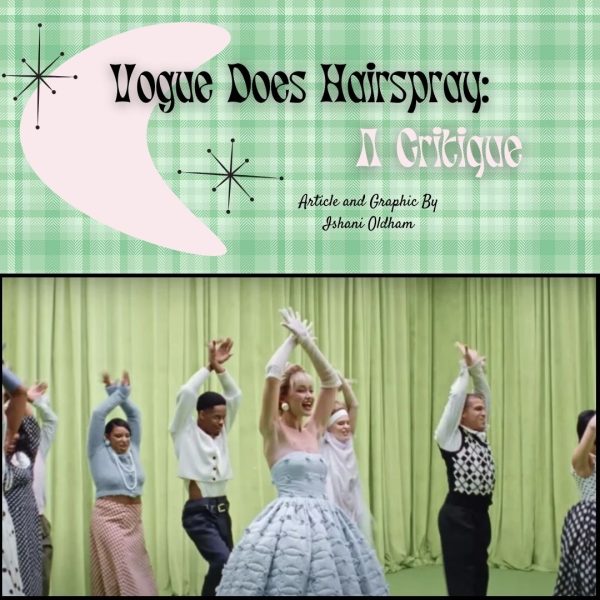Amy (2015): A lesson on the pitfalls of celebrity culture
CW: brief mentions of eating disorders, drug use and death
It’s impossible to think of Amy Winehouse without thinking about the complicated nature of her public persona, her personal life and most of all, her tragic exit. The documentary Amy, directed by Asif Kapadia, explores that journey; how Winehouse captured the world’s attention with her music and held onto it with her intriguing character. And who else could have rocked a beehive and chunky eyeliner like Amy could?
Simply put, there is nothing but honesty from this film. The rawness it exudes gives the viewer a look so intimate into the passed artist’s life you wonder if it’s wrong to know so much. It shines an authentic light upon a woman who, as both talented and traumatized as she was, was only human like the rest of us. Amy demonstrates that from teenagehood until death, the famed musician only sought love and connection, and comfort from the intensity of everyday. This film delves into appreciating not just her musical accomplishments, but also her genuine personality and captivating spirit. As musician Yasiin Bey, personal friend and admirer, testifies, ¨That’s the thing I like most about Amy. She didn’t have any airs. She was real… She was just a sweet, charming lady.¨
The documentary guides the viewer chronologically, from childhood to age twenty-seven. It integrates media of young Amy, a regular girl from London full of spunk, attitude and vibrancy. Grainy clips show what appears to be someone any of us could have grown up with, a best friend or girl you see at some party. There is something surreal, even chilling, about the normalcy of the home videos and voice overs from her childhood best friends. It’s easy from a public standpoint to forget that someone like Amy Winehouse could have childhood best friends at all.

What the film does best of all is its interspersal of Winehouse’s music as it corresponds with life events. Her co-dependent relationship with music allowed her to write visceral lyrics about her experiences: neglect from her father led to her writing “What Is It About Men?”, her initial stubborn refusal to get help is present in “Rehab” and multiple songs are dedicated to her tumultuous relationship with Blake Felder (“Back to Black,” “Tears Dry On Their Own,” “We’re Still Friends,¨ etc.). The documentary artistically transitions from narration into Amy’s silky vocals as it correlates to that point in her life, conveying her perspective in the medium she knew best how to convey it: through her music.
The documentary´s composition itself illustrates her life in a poignant way, utilizing archival footage and personal testimonials never before released. The intimacy of the private content is paired with press from Amy Winehouse´s career. Her public image has rarely had such context, a common phenomenon to celebrities whose reputations typically present an underdeveloped glimpse into their true situation. The piece of media that personally stood out was the eerily foreshadowing voiceover of Amy saying nonchalantly (as she said most things nonchalantly), ¨I don’t think I’m going to be at all famous. I don’t think I could handle it. I’d probably go mad, do you know what I mean?¨ The statement’s utter truth and morbidity comes into play as the film progresses.
 Mocked and scrutinized in the media, the film shows how Amy was capitalized and used by people in her personal and business life until she no longer knew who to trust, to the point where she placed her trust in her vices instead. She was relentlessly hounded by the paparazzi, forced to navigate an unhealthy, obsessive love as a woman who loved deeply, and manipulated by an industry that both valued and villainized her authenticity. The audience begins to comprehend her downward spiral into decadence. Amy’s storyline is naturally messy because it reflects the reality of a messy life. There’s no accurate way to depict Amy Winehouse without mentioning her relationship to hard drugs, alcohol, bulimia and overall excess, but Amy excellently portrays the message that Amy’s addictions were not her essence as a person. Her death at age twenty-seven is not lingered upon in the documentary’s end, rather replaced by images of Amy as a beautiful, healthy young woman.
Mocked and scrutinized in the media, the film shows how Amy was capitalized and used by people in her personal and business life until she no longer knew who to trust, to the point where she placed her trust in her vices instead. She was relentlessly hounded by the paparazzi, forced to navigate an unhealthy, obsessive love as a woman who loved deeply, and manipulated by an industry that both valued and villainized her authenticity. The audience begins to comprehend her downward spiral into decadence. Amy’s storyline is naturally messy because it reflects the reality of a messy life. There’s no accurate way to depict Amy Winehouse without mentioning her relationship to hard drugs, alcohol, bulimia and overall excess, but Amy excellently portrays the message that Amy’s addictions were not her essence as a person. Her death at age twenty-seven is not lingered upon in the documentary’s end, rather replaced by images of Amy as a beautiful, healthy young woman.
While watching Amy is necessary for any fan, it’s an intriguing introduction to someone who knows little of her, too. At times empathetic and other times harsh, the film gives the viewer as complete a profile of Amy Winehouse we can hope to have, serving as a wonderful addition to the rich legacy of the departed talent. However, as much as the biography honors her, director Asif Kapadia mostly highlights the effects fame can have on those unprepared to cope with it, emphasizing the flaws of celebrity culture and how humanity and common decency can often be stripped from the very same people we idolize.

(She/her)
Andrea Duca is a senior excited to return for her third year at the Eagle's Eye as editor-in-chief! She plans to pursue economics in college...










